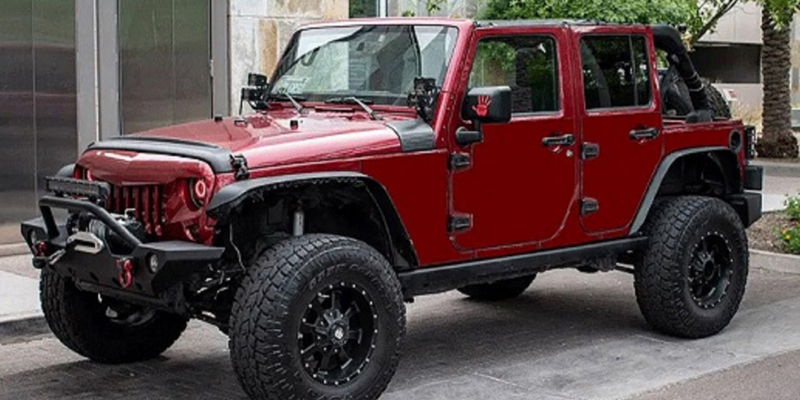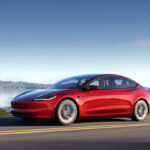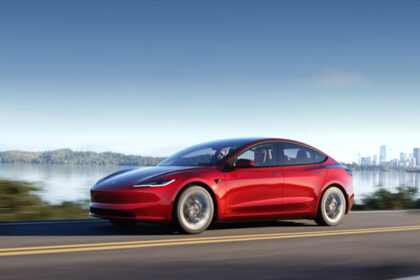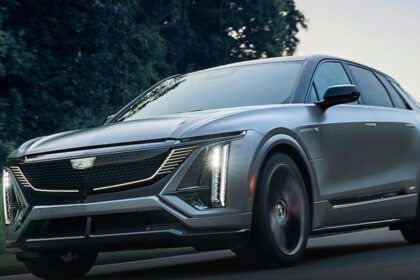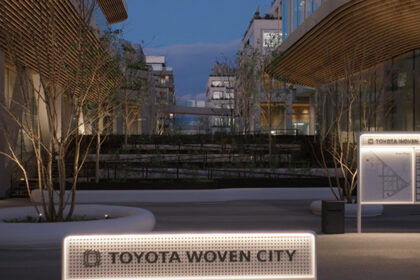While loyal customers have always been vital to dealership success, retaining them has become increasingly difficult due to limited inventory, rising vehicle prices, changing buying behaviors, and heightened competition.
However, brand loyalty in the automotive retail sector is beginning to rebound. S&P Global Mobility reports that brand loyalty across the industry increased to 52.5% through June 2024, marking a 1.9 percentage-point rise from the same time in 2023. This is the first year-over-year increase since 2020.
The Importance of Customer Loyalty
Even as inventory levels stabilize, proactively preventing customer defection remains essential for both short-term and long-term success.
S&P Global Mobility indicates that consumers currently have over 450 vehicle options, a number expected to rise to 650 by the end of the decade due to the growth of electric vehicles. Simultaneously, ownership costs have surged by 30% since 2019.
To safeguard their customer base from competitors, dealers must take deliberate and proactive measures. To enhance brand loyalty and improve customer retention, dealers should:
- Actively engage with loyal customers
- Use personalized messaging for communication
- Emphasize long-term customer experience
- Recognize signs of potential customer defection to prioritize immediate actions
- Foster sustainable success by facilitating future sales
Proactively Identify and Communicate with Loyal Customers
The initial step in safeguarding your dealership’s loyal customer base is to identify which customers are at the highest risk of leaving. As the ongoing effects of the inventory shortage continue to influence brand loyalty, dealers must engage customers before they begin exploring other options to proactively prevent defection and enhance retention.
Effectively identifying, prioritizing, and engaging loyal customers requires seamless collaboration throughout the dealership. This involves support from marketing, sales, and service teams to ensure a consistent customer experience that keeps clients engaged until their next purchase.
Advanced dealership marketing tools enable dealers to enhance this approach significantly. By integrating these insights with third-party data, such as financial records and household demographics, dealers gain a clearer understanding of their loyal customers. This allows them to prioritize their marketing strategies and automatically engage customers before they re-enter the market.
Personalize Messaging to Address Unique Needs
Identifying which loyal customers are at the highest risk of leaving is just one aspect of the equation. Retaining these customers also requires ongoing engagement, which has become increasingly challenging due to aggressive competition.
To differentiate your dealership and retain loyal buyers, you must create personalized messaging that shows you understand and genuinely care for your customers.
Personalization goes beyond simply including a customer’s name and vehicle of interest in an email template; it should clearly convey why they should continue to trust your dealership.
Seek opportunities to build trust with your loyal customers at every interaction, such as:
- Promoting F&I products
- Marketing tailored financing offers
- Maintaining ongoing communication after the initial sale
Emphasize Customer Experience and Stay Connected
With prices remaining high, offers from competitors and expanded online retail options are increasingly enticing customers to explore their choices. To proactively prevent customer defection, dealers must maintain consistent communication with buyers throughout their purchasing journey.
Seek opportunities to connect with your customers through personalized messaging that addresses their specific and evolving needs in their preferred channels. Ensure that each interaction builds on the previous one in a meaningful way, meeting loyal customers at their current stage in the ownership or buying journey to keep them engaged over time.
For instance, some dealers are leveraging behavior prediction technology to provide consistent communication through convenient service alerts. By acting as an ongoing customer concierge with these alerts and adhering to best practices in service drives, dealers can create a service experience that encourages customers to return.
Fostering Short-Term Success
As inventory levels stabilize, rising prices and increased competition make it crucial for dealers to sell vehicles quickly. By aligning the right vehicles with customers before they begin exploring other options, dealers can engage buyers earlier in their purchasing journey, thereby maximizing inventory turnover and sales profitability.
Utilizing behavior prediction technology allows dealers to analyze customer insights from CRM, DMS, and inventory data. This helps them consider various factors beyond brand loyalty that influence a buyer’s decisions and effectively match their available inventory to meet those needs.
This proactive strategy not only optimizes available inventory but also enhances customer relationships by providing tailored solutions that resonate with each buyer’s preferences.
Loyal Customers Drive Future Sales
Loyal customers are an essential source of future sales, particularly as the automotive retail industry grapples with high vehicle prices. Although inventory levels have improved, rising costs and intensified competition can still threaten customer loyalty, making it crucial to prioritize the retention of your loyal clientele.
Keep in mind that loyal customers grow more valuable over time and represent a significant source of high-ROI sales because they are:
- Less inclined to negotiate
- More likely to generate revenue from service and other fixed operations
- Make substantial contributions to referral business
By steering clear of short-sighted strategies that prioritize only immediate sales or pricing, dealers can foster customer loyalty and develop long-term relationships through personalized and consistent communication, thereby preventing competitors from attracting high-value customers.




